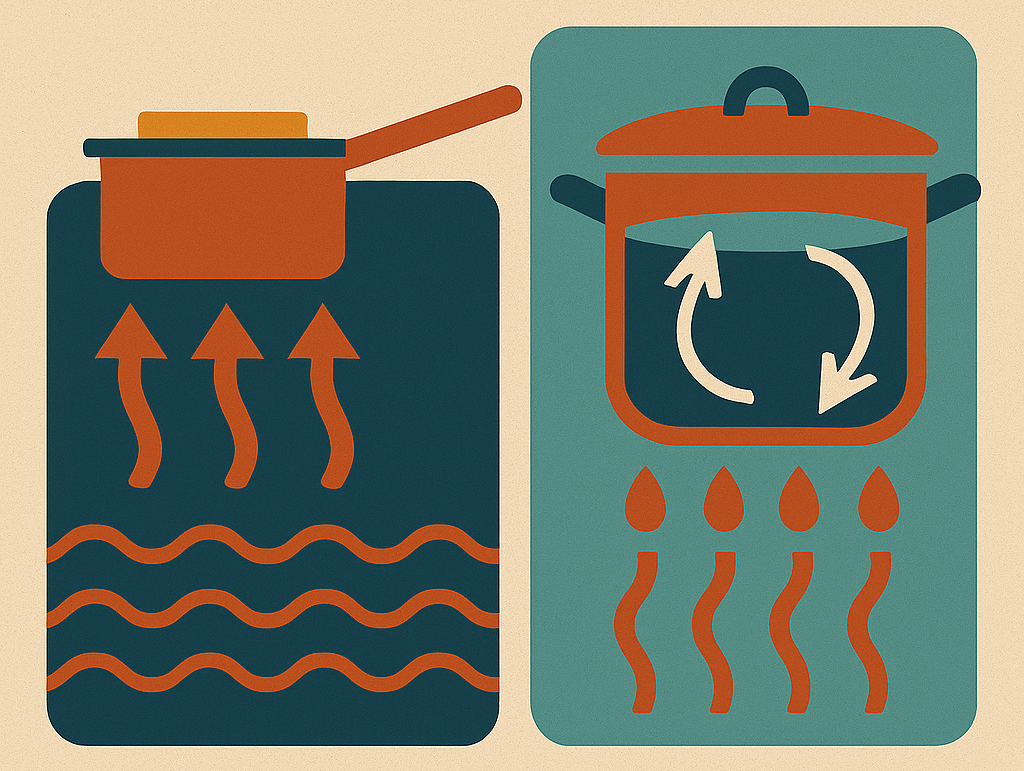
You’ve probably noticed that laundry seems to dry in record time when it’s breezy outside. It feels like magic — one moment your clothes are dripping wet, and the next they’re light and crisp. But of course, it’s not magic at all — it’s physics and a bit of chemistry at work.
When you hang wet clothes, the water molecules on the fabric’s surface start escaping into the air — a process called evaporation. Normally, the air right next to your clothes quickly becomes humid, slowing the process because the surrounding air is already full of water vapor. That’s where the wind steps in like a hero with a hair dryer.
The breeze constantly replaces that humid layer with drier air, allowing more water molecules to escape. In essence, wind increases the rate of evaporation by whisking away the water vapor before it can linger. Higher temperature and lower humidity can help too, but nothing beats a good gust of wind to speed things up.
This simple act of drying laundry mirrors the same principle behind sweating. When you sweat, the wind helps your skin cool faster because it speeds up evaporation of water from your body. So the next time you hang your clothes out and feel that pleasant breeze, remember — you’re witnessing one of nature’s most elegant little physics tricks.
Scientists from the 19th century, like James Clerk Maxwell and Ludwig Boltzmann, laid the groundwork for understanding molecular motion that explains evaporation. What you’re watching as your clothes dry is essentially millions of tiny water molecules gaining enough energy to escape into the air — one by one, until your laundry is perfectly dry.
RELATED POSTS
View all


